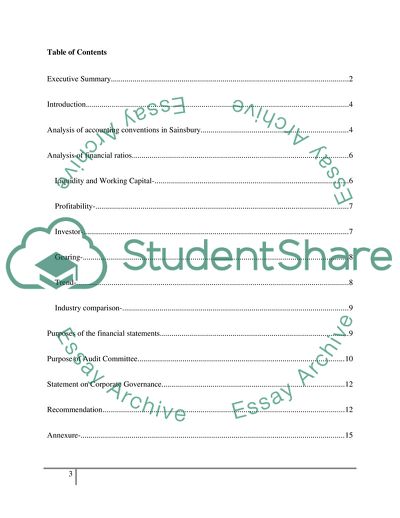Cite this document
(Accounting Policies and Procedures Followed by J Sainsbury Plc and Tes Statistics Project, n.d.)
Accounting Policies and Procedures Followed by J Sainsbury Plc and Tes Statistics Project. Retrieved from https://studentshare.org/finance-accounting/1735443-financial-reporting-and-control
Accounting Policies and Procedures Followed by J Sainsbury Plc and Tes Statistics Project. Retrieved from https://studentshare.org/finance-accounting/1735443-financial-reporting-and-control
(Accounting Policies and Procedures Followed by J Sainsbury Plc and Tes Statistics Project)
Accounting Policies and Procedures Followed by J Sainsbury Plc and Tes Statistics Project. https://studentshare.org/finance-accounting/1735443-financial-reporting-and-control.
Accounting Policies and Procedures Followed by J Sainsbury Plc and Tes Statistics Project. https://studentshare.org/finance-accounting/1735443-financial-reporting-and-control.
“Accounting Policies and Procedures Followed by J Sainsbury Plc and Tes Statistics Project”. https://studentshare.org/finance-accounting/1735443-financial-reporting-and-control.


